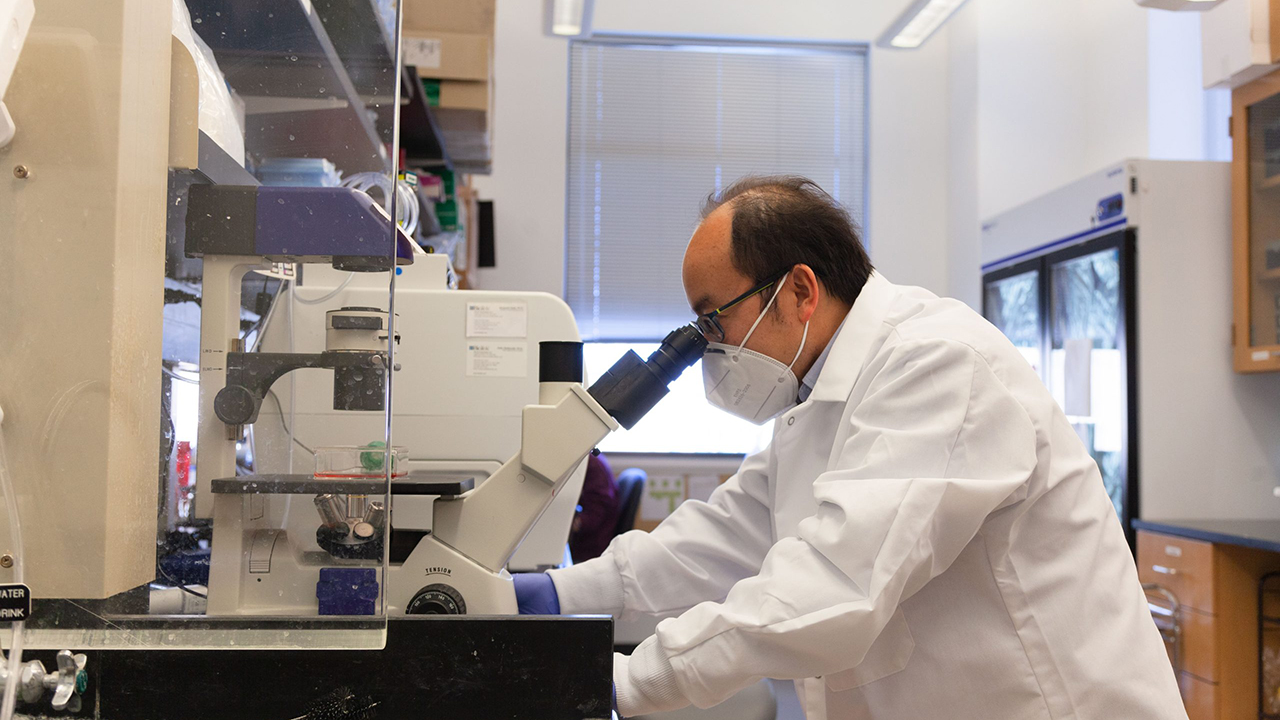
Nov. 16, 2022
University of Missouri Professor Xiu-Feng “Henry” Wan recently received a $5 million grant from the U.S. Department of Agriculture to investigate how SARS-CoV-2 impacts various species of animals and whether those animals might send new variants of the virus back to us.
“This happened with influenza,” said Wan, who has been studying flu transmission for over 15 years. “It can go from humans to animals then get into reservoirs and come back to humans.”
Wan is director of the NextGen Center for Influenza and Emerging Infectious Diseases. He has joint appointments in engineering, medicine and veterinary medicine and is a primary investigator at Bond Life Sciences Center.
At the beginning of the COVID-19 pandemic, Wan expanded his work to include SARS-CoV-2. Since then, he and collaborators have found that those who received influenza vaccines were protected not only against the flu but also against co-infection of Omicron — even more so than the earlier Delta variant. Wan was also on the team that has been tracking the virus in wastewater.
With the three-year USDA grant, Wan and his team will take a closer look at how SARS-CoV-2 affects certain species of wildlife, especially those with potential interactions with humans, such as deer, elk, large cats, swine, birds and rodents.
When a virus is strong enough to jump from species to species and survive, it can evolve and mutate. Thus, a vaccine designed to protect against one variant may not be effective when a new variant emerges. That’s why flu shots — and now COVID boosters — are recommended every year.
“We’ve seen earlier variants of SARS-CoV-2 disappear in humans, but if they’re still in animals, that can be problematic,” Wan said. “They can change into new variants and affect us again, and our current vaccines will fail.”
By gaining a better understanding of how SARS-CoV-2 affects specific animals, and how it mutates to fit the genetic makeup of different species, Wan ultimately hopes the work can help prevent another worldwide pandemic.
“It involves very interesting biology,” Wan said. “The engineering part is also very important. We have informatics and computer science students who are using machine learning and AI and structure modeling to understand how the virus binds to receptors. It’s a complicated problem, but we are excited to work on this project.”



